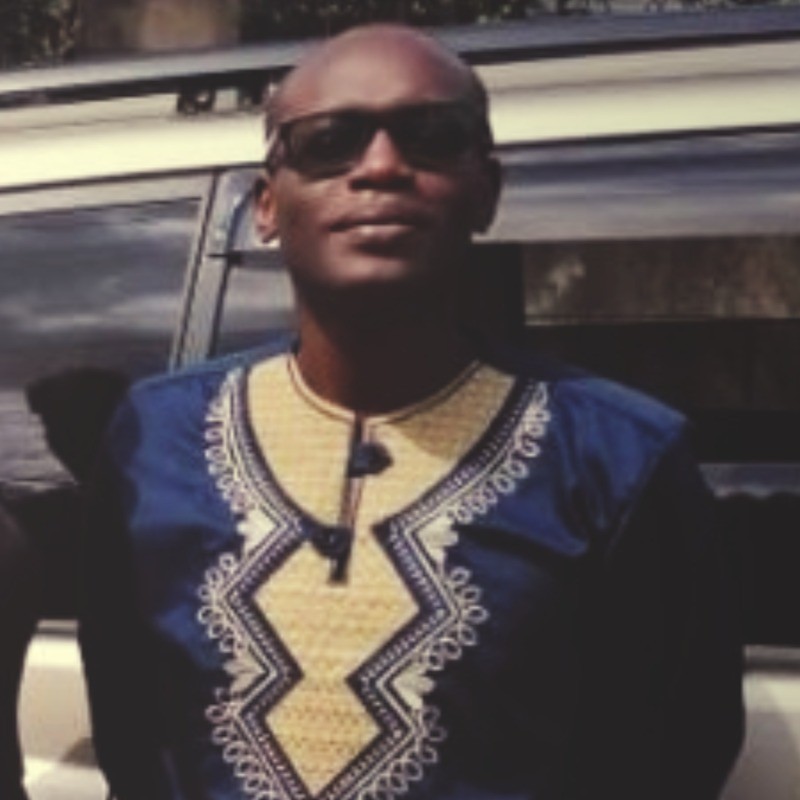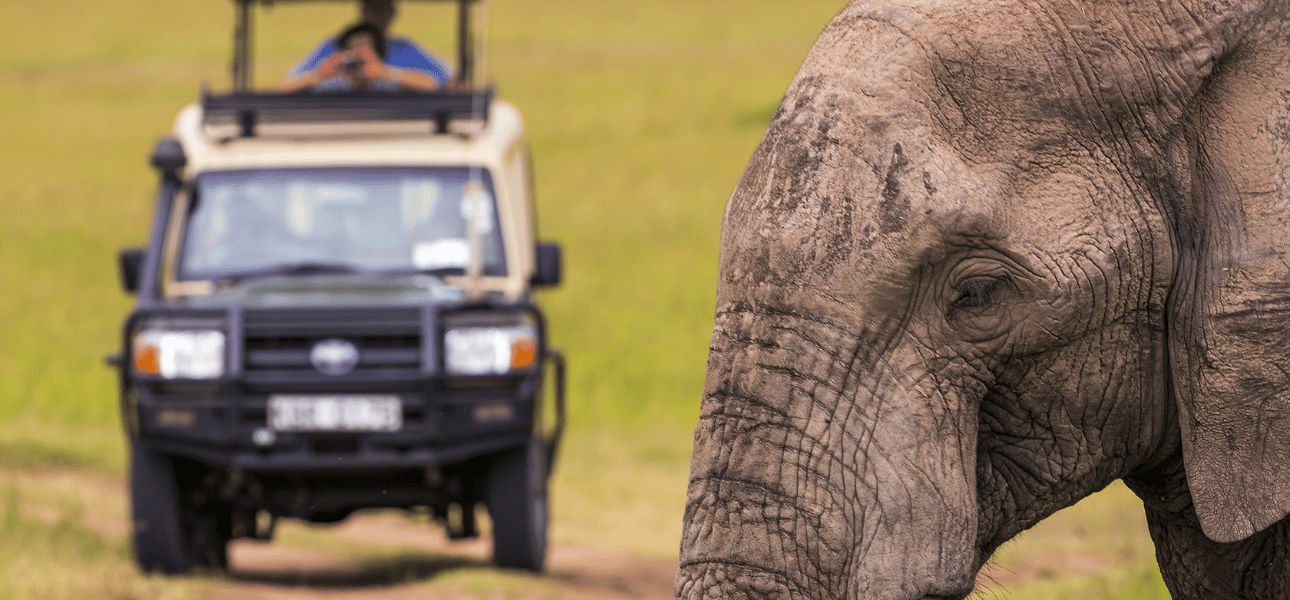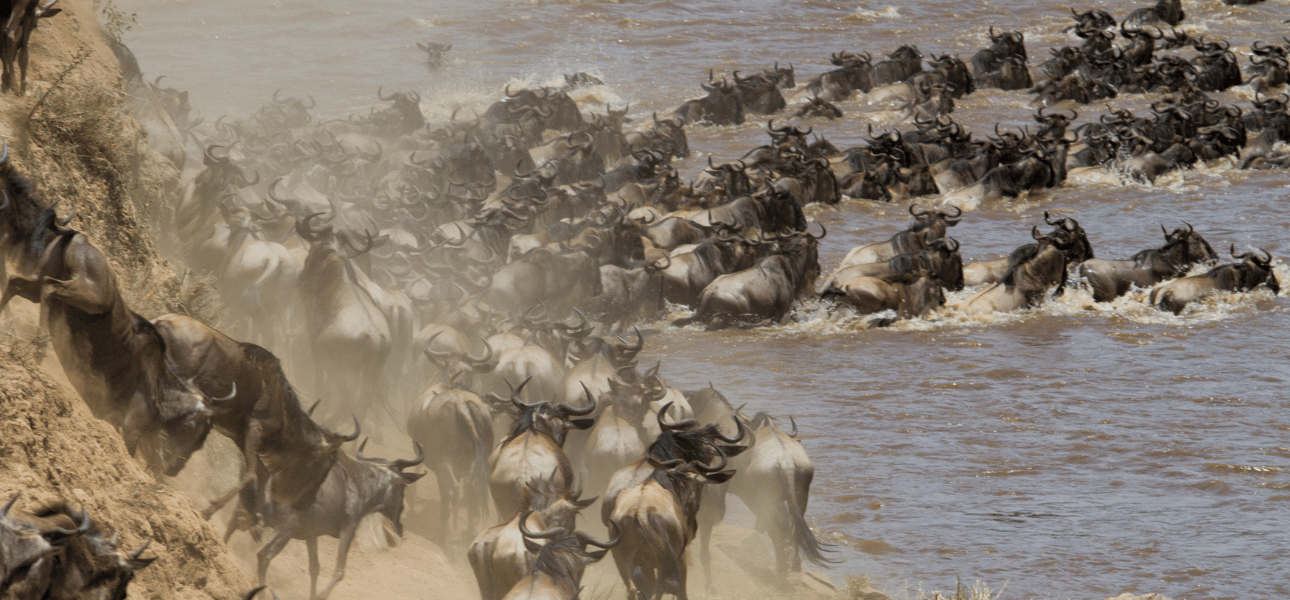Traditional Dances and Music of East Africa: A Cultural Journey Through Rhythm and Movement

East Africa is a region rich in cultural diversity, each nation holding its unique traditions and expressions that are vividly evident in its traditional dances and music. These artistic forms are not merely for entertainment but serve as vital cultural expressions that convey community values, history, and social relations. This blog post takes you on a journey through the vibrant traditional dances and music of East Africa, focusing on Kenya, Uganda, and Tanzania.
Kenya: The Pulse of the Savannah
Kenyan traditional music and dance are as diverse as its landscapes. From the coastal Swahili beats to the pastoralist communities' songs, each dance and rhythm tells a story. Among the most iconic is the Maasai "Adumu" or "jumping dance." Traditionally part of the Eunoto ceremony, which marks the transition of warriors to senior warriors, the Adumu involves a circle of men who take turns jumping as high as possible while maintaining a narrow posture, without their heels touching the ground. This dance showcases not only the physical strength of the Maasai men but also their endurance and community spirit.
Another notable dance is the "Isukuti" of the Luhya community in Western Kenya. Performed during celebrations and funerals, Isukuti is an energetic and fast-paced dance accompanied by the beating of the Isukuti drum, an indigenous drum made from lizard skin. The dance is characterized by vigorous waist and hip movements and rapid footwork, reflecting the community's joyous and vibrant spirit.
Uganda: The Beat of the Pearl of Africa
Uganda's music and dance are integral to its cultural ceremonies, including weddings, royal functions, and community gatherings. The "Bakisimba" dance is one of the most popular traditional dances among the Baganda people, Uganda's largest ethnic group. It mimics the movements of workers in banana plantations—twisting, tapping, and bending, coordinated with the rhythms produced by traditional instruments like the "Engalabi" (a long drum), "Amadinda" (a wooden xylophone), and "Endere" (flute). This dance is a testament to the community's connection to its land and daily life.
In northern Uganda, the "Larakaraka" dance performed by the Acholi people is both a courtship ritual and a celebratory dance. It features couples dancing in a formation, with men trying to impress their potential partners with their agility and rhythmic movements, clapping hands and feet in sync with the beat of drums. The dance is vibrant, with celebratory undertones, often culminating in communal bonding and unity.
Tanzania: Harmonies of the Great Lakes
Tanzania’s musical landscape is a reflection of its diverse ethnic groups and historical influences, including Arab, Portuguese, and Indian. Among the traditional dances, the "Ngoma" stands out. This dance varies significantly between tribes but generally involves drumming, singing, and rhythmic movements. In Zanzibar, a part of Tanzania that is predominantly Muslim, the "Maulidi" musical performances are significant. They are performed during the Prophet Muhammad's birthday celebrations and other important occasions, blending Islamic influences with Swahili poetry and rhythms.
The "Sindimba" dance from the Ndengereko tribe in the coastal region of Tanzania is another captivating tradition. Dancers adorned in colorful costumes and sometimes masks perform to the beat of drums, symbolizing various life events and cultural tales. The dance is performed with great energy and often involves acrobatic maneuvers, demonstrating the dancers' skill and the community's cultural pride.
Preserving Tradition in Modern Times
While traditional dances and music of East Africa hold great cultural significance, they face challenges in modern times. Urbanization, globalization, and technology have introduced new forms of entertainment and lifestyle changes. However, efforts are being made to preserve these cultural treasures. Festivals, cultural workshops, and inclusion in educational curricula are among the strategies employed to keep traditional arts alive. Moreover, these dances and music are increasingly being showcased on international platforms, promoting cultural exchange and appreciation.
Conclusion
The traditional dances and music of East Africa are more than just art forms; they are living expressions of the region's rich cultural heritage. They provide insight into the values, history, and social fabric of the communities. As we embrace modernization, it is crucial to preserve these cultural expressions, ensuring they continue to enrich future generations and maintain the cultural identity of East Africa.
For travelers and culture enthusiasts, experiencing these dances and music firsthand offers a deeper understanding of the region’s diversity and cultural dynamics. It is a journey through time, rhythm, and movement that echoes the soul of East Africa.

Pande Nabende
Related content
Interdum et malesuada fames






